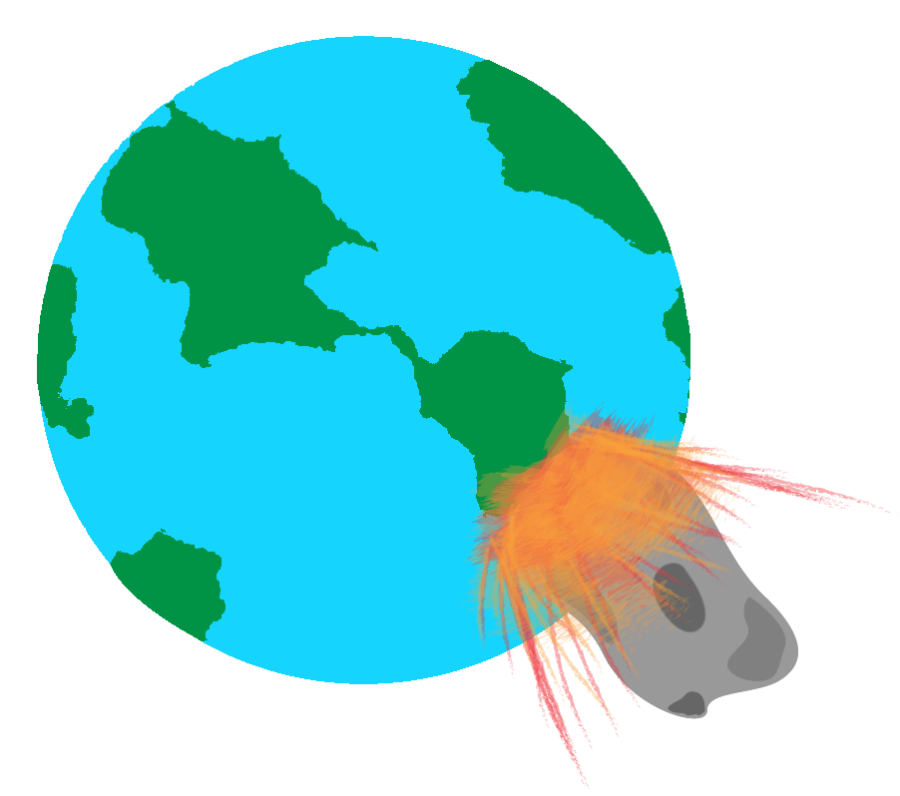NASA’s DART mission more successful than anticipated
December 16, 2022
NASA’s Double Asteroid Redirection Test (DART) spacecraft, launched in November of last year, successfully completed its mission this September. The purpose of DART was to test if NASA had the capability to alter the position of a large asteroid headed toward Earth – something that could save the planet. On Sept. 26, the spacecraft crashed into the target asteroid, Dimorphis, at a speed of 14,000 miles per hour. The team’s goal was to delay the asteroid’s orbit around its twin asteroid, Didymos, by a minimum of 73 seconds. In the end, Dimorphis’s orbit was offset by 32 minutes.
This is the first time that humans have intentionally changed the trajectory of a celestial object, as well as NASA’s first full-scale asteroid-redirection test. While Dimorphis was not close enough to Earth to be considered a threat, asteroids in the future that may pose a danger can now be confidently redirected. In other words, NASA may have just saved Earth.
For an asteroid to be considered dangerous, it must be at least 100 feet in diameter and come within 5 million miles (8 million kilometers) of Earth. Dimorphis is 168 meters in diameter, and its twin asteroid, Didymos, is 780 meters—almost as wide as the Burj Khalifa (the tallest building on Earth) is tall. While the asteroid Dimorphis weighs 11 billion pounds, the DART spacecraft weighed only 1,210 pounds, just over 9 million times lighter.
Since both asteroids were 6.8 million miles away from Earth at the time of the test, neither qualified as an imminent threat, but due to meeting other qualifications, Dimorphis was the perfect target.
This mission proved that humans have the technology to redirect the trajectory of large asteroids and avoid an impact that could destroy our planet.


